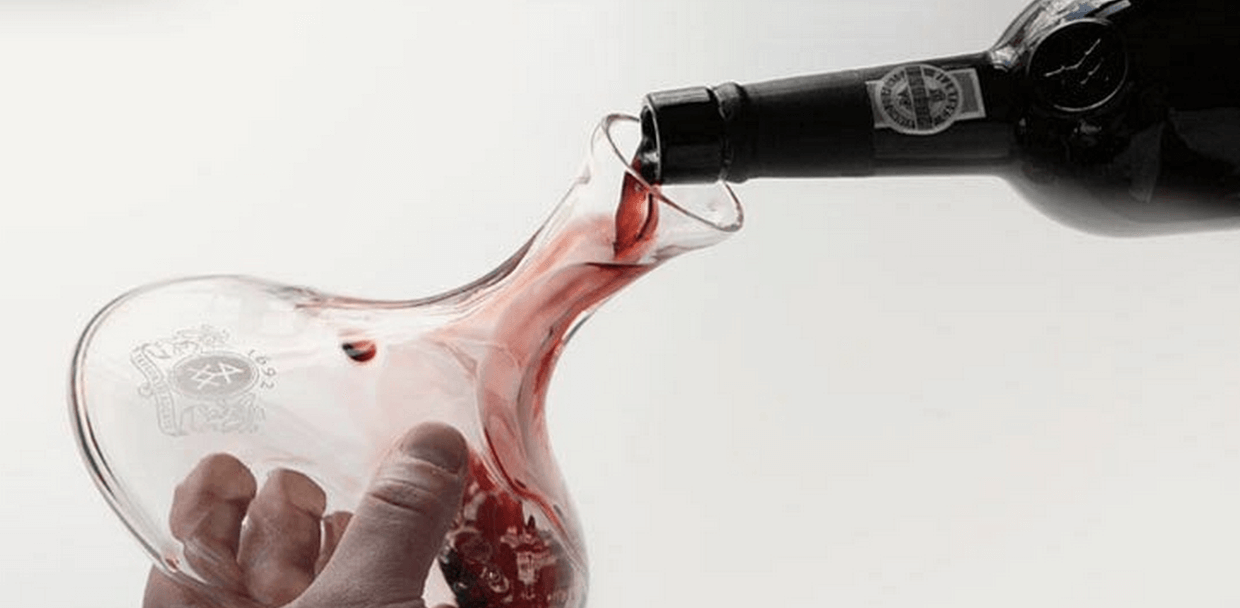

If you drink wine, it’s likely that you’ve heard of the advice: ‘Let your wine breathe.’
But have you thought about what it really means?
What they really mean is that you should aerate your wine. In other words, you should expose it to air, allowing air to react with the surface of the wine. Through contact with air, the reaction can bring out the aroma and flavors in the wine. In fact, the term ‘aerate’ is used interchangeably with the term ‘decant’ wine nowadays.
Strictly speaking, to decant a wine is to separate out the sediments in the wine. This process is done by pouring the wine into a device called a ‘decanter’. Sediments are separated controlled pouring of the wine into the decanter. The sediments tend to sink to the bottom of the bottle. So to separate out the sediments, pour the wine itself into the decanter, and stop when you reach the part with contains sediments. Let the sediments remain in the bottle and drink the wine from the decanter itself.
Decanting wine is synonymous with letting the wine breathe.
With its large base that has a big surface area, most decanters are designed to allow for aeration as well.
You can also aerate your wine with your glass by pouring into it and leaving it alone. However, this will take longer since the surface area in contact with the air is smaller compared to a decanter.
Wines that are more in need of aeration are wines that are young and tannic. A good example of these are the wines made from majority Cabernet Sauvignon from Bordeaux, or wines mostly made from Syrah in the Rhone Valley.
Aeration will help bring balance to the wine, where most other aromas and flavors are amplified to ‘de-emphasize’ the tannins. The tannins will then feel more ‘integrated’ and a part of the wine instead of sticking out like a sore thumb.
It is optional to decant low tannin red wines or white wines. A wine made from the lighter-bodied Pinot Noir grape may not need decanting to ‘soften’ tannins. However, you can still bring out aromas and flavors in the wine faster if you use a decanter. You can also decant a Pinot Noir wine that you find to be too tart or acidic. Decanting will help de-emphasize the tartness.
This is the same for white wine. If it is a cold, light-bodied wine, it probably does not need decanting.
With this knowledge of decanting, you can now bring out the best in your wine!
Wine novice or interested in discovering wines you do not have access to? Every month receive two bottles of exclusive wines at home with our tasting guide.




